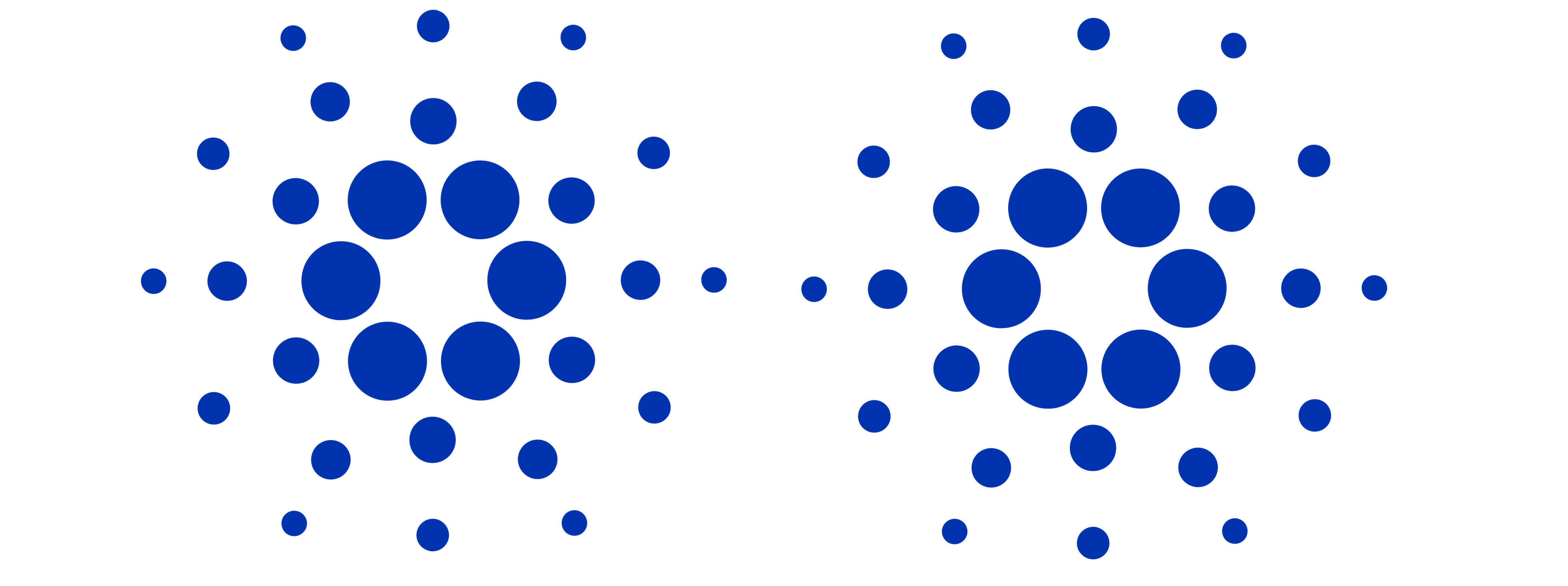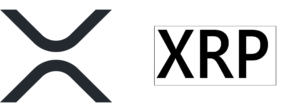Cardano is like the chill, cool kid of the blockchain world. It doesn’t rush things, doesn’t want to be flashy — but it gets results. Whether it’s sustainability or security, Cardano is all about slow and steady. Instead of going after the big hype or instant profits, it’s been quietly working behind the scenes to change the way blockchain works.
If you’ve heard of Ethereum, you’ve probably heard of Cardano too. But what’s the deal with it? Why is everyone so hyped about it? And why is ADA considered the future of crypto?
🏁 Cardano’s Genesis: The Birth of ADA
Launched in 2017, Cardano (the blockchain) and ADA (its native coin) were created by Charles Hoskinson, a co-founder of Ethereum (yup, another big crypto name). So, Cardano didn’t come out of nowhere — it’s got some serious Ethereum DNA.
But instead of just trying to build another Ethereum 2.0, Cardano had a whole different vibe. While most blockchains are all about quick wins, Cardano’s vision was more about long-term sustainability and security.
Cardano’s Mission:
- **Create a blockchain platform that’s scalable, secure, and sustainable.
- Provide decentralized applications (dApps) and smart contracts to businesses in a more efficient way than Ethereum.
- Focus on real-world applications, especially in developing countries.
💡 The Cardano Philosophy: Slow, But Methodical 🧠
Unlike other blockchain projects that rushed to launch, Cardano took its time. The team behind it didn’t just want to slap together a blockchain and call it a day. Cardano was built on peer-reviewed research. Think of it like blockchain “philosophy” — they built it right from the ground up.
- Ouroboros Protocol: Cardano’s consensus algorithm is called Ouroboros. It’s based on proof of stake (PoS), which is way more energy-efficient than Ethereum’s old proof of work (PoW) system.
- Peer-Reviewed Research: Every part of Cardano is backed by academic research and scientific principles. No shortcuts.
- Sustainability Focus: Cardano is built with the environment in mind. It uses way less energy than blockchains like Bitcoin and Ethereum.
It was clear from the start — Cardano was a long-term play, built to be stable, secure, and scalable. But was it worth the wait? Let’s see how it’s been progressing.
🚀 Cardano’s Rise: Taking it Slow, But Steady
Cardano didn’t just jump into the spotlight — it built its name slowly, but with purpose. Here’s a timeline of its major milestones and when it started to rise in the crypto world:
🚀 2017: Launch and Early Development
- Cardano was launched in 2017 with a clear mission: be the scalable, secure, and sustainable blockchain.
- It had a slow and steady start, focusing on research, peer review, and building a robust foundation for its blockchain ecosystem.
💥 2020: Smart Contracts and the Shelley Upgrade
2020 was a huge year for Cardano.
The Shelley Upgrade introduced staking and made Cardano a decentralized blockchain, marking a major milestone. Cardano was no longer just a research project — it was ready for action.
In July 2020, Cardano launched its mainnet smart contracts feature, meaning that developers could now build decentralized applications (dApps) and create smart contracts using Cardano’s blockchain.
At this point, ADA started gaining some serious attention — especially since Ethereum was facing scalability issues and high gas fees. Cardano offered an alternative that was cheaper and faster, which made it an attractive option for developers.
🛠️ 2021: Alonzo Hard Fork and DeFi Boom
By 2021, Cardano was no longer just an Ethereum alternative — it was a DeFi contender in its own right. With the Alonzo Hard Fork, Cardano introduced the ability to run smart contracts on its blockchain, opening up the floodgates for DeFi projects and NFTs.
This was a game-changer for Cardano, and the ADA price soared. In September 2021, ADA hit its all-time high of $3.10.
The Big Question: Why did Cardano suddenly surge in price?
- The Alonzo upgrade unlocked smart contracts, attracting developers to Cardano’s ecosystem.
- Scalability and low transaction fees were much more attractive than Ethereum’s high gas fees.
- The growing DeFi and NFT ecosystems created more demand for ADA.
🚨 Cardano’s Challenges: The Criticism and FUD
With every success comes some FUD (Fear, Uncertainty, Doubt), and Cardano has faced its fair share of criticism. One of the biggest complaints about Cardano is that it was too slow to implement smart contracts in the beginning, and the community questioned whether Cardano was ever going to catch up to Ethereum and other smart contract platforms.
Where Cardano got criticized:
- Slow Development: Unlike Ethereum, which quickly rolled out its smart contract functionality, Cardano took its time, which led to frustration.
- Too Much Theory: Cardano’s focus on academic research sometimes gave the impression that it was more theory than action, while other projects were out there building.
But even with the critics, Cardano’s progress has been undeniable. The Alonzo upgrade in 2021 showed that Cardano is here to stay — it just plays the long game.
🌍 Cardano’s Real-World Impact: Africa and Beyond 🌱
One of the most interesting parts of Cardano’s mission is its focus on the developing world. Unlike many blockchain projects that are focused on first-world problems like decentralized finance and NFTs, **Cardano is aiming to solve real-world issues in countries like Africa.
Cardano’s Focus on Africa:
- Partnership with Ethiopia: In April 2021, Cardano partnered with Ethiopia to build a blockchain-based student ID system that will track academic performance across the country. The goal? To provide a digital identity for millions of students and improve education.
- Cardano Foundation: The team is working on using Cardano’s blockchain to solve issues like identity verification, payment systems, and access to financial services in developing countries.
Cardano has a global focus, and it wants to be a global blockchain that empowers the unbanked and provides sustainable, real-world solutions. 🌍
🔮 What’s Next for Cardano? The Future of ADA
So, what’s next for Cardano? Well, Cardano is a work in progress. But there are a few exciting things on the horizon:
Hydra Scaling:
- Hydra is Cardano’s upcoming scaling solution that will increase the network’s speed and make transactions even cheaper. This will position Cardano to scale with mainstream adoption.
DeFi and NFTs:
- Cardano is building out its DeFi ecosystem, and with the launch of smart contracts, NFTs are also gaining traction on the platform. Cardano might not have the same hype as Ethereum or Solana in the NFT space, but its low fees make it an attractive option for creators.
Further Partnerships:
- Expect more partnerships in emerging markets, especially in Africa. Cardano’s mission to decentralize and empower individuals is something that resonates with the global population.
⚡️ TL;DR: Cardano (ADA) — The Future of Blockchain?
| Feature | Details |
|---|---|
| Coin Name | ADA (Cardano) |
| Launched | 2017 |
| Founder | Charles Hoskinson |
| Consensus | Proof of Stake (PoS) with Ouroboros protocol |
| Key Milestone | Shelley upgrade (decentralization), Alonzo upgrade (smart contracts) |
| Peak Price | $3.10 (2021) |
| Focus | Scalability, sustainability, decentralized apps |
| Real-World Use | Education, banking, identity in Africa |
| 2023 Updates | Hydra scaling, DeFi, and NFTs |
🚀 Final Thoughts: Cardano’s Long-Term Vision
Cardano may not be the flashiest blockchain project out there, but it’s methodical, well-researched, and incredibly focused on real-world applications. It’s slowly but steadily building an ecosystem that prioritizes sustainability, security, and decentralization.
If you’re looking for quick profits, Cardano may not be the best pick. But if you’re into long-term investments and supporting decentralized solutions that could change the world, Cardano (ADA) is definitely worth paying attention to.
Let’s see if Cardano becomes the Ethereum killer of the next generation. 🌱





